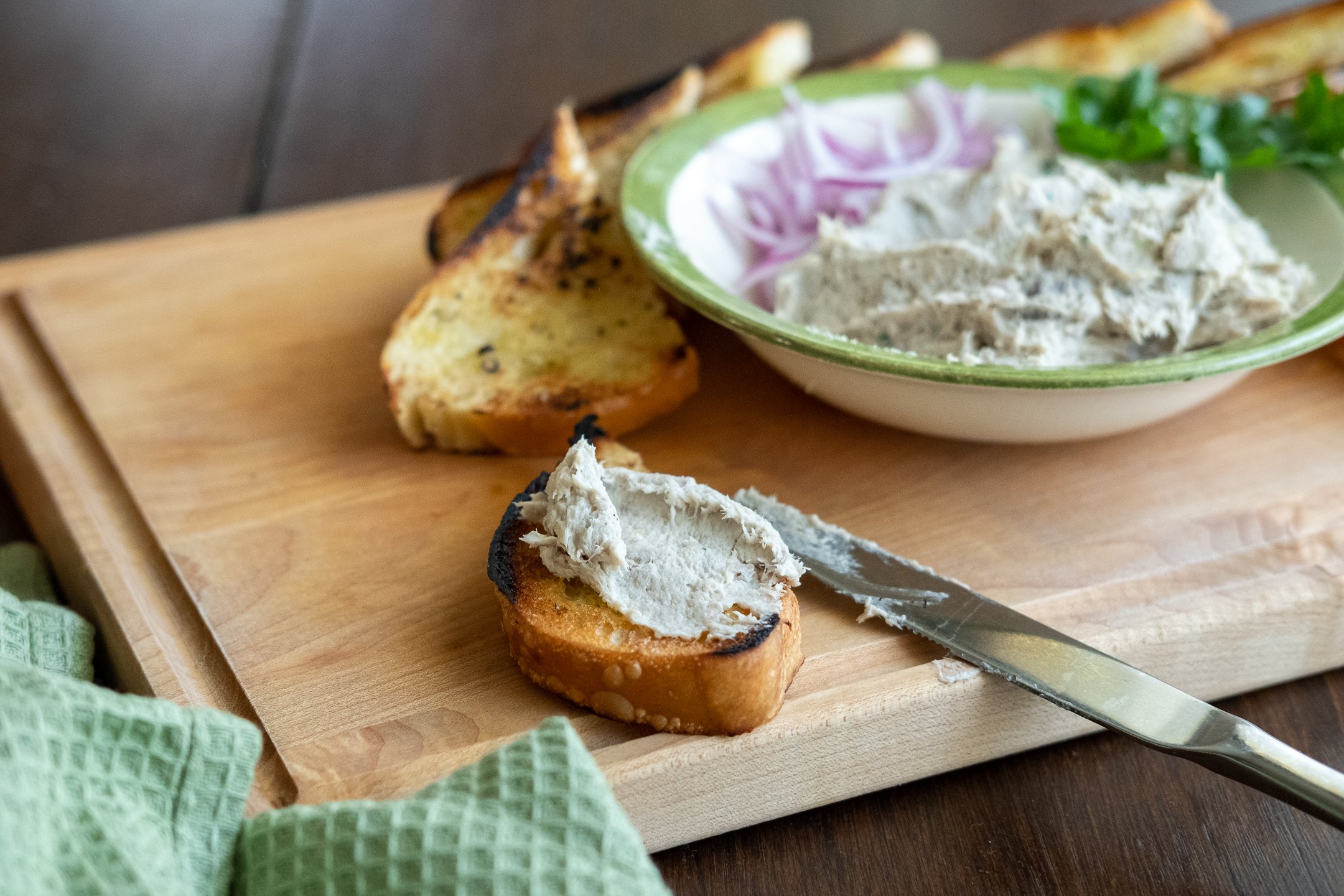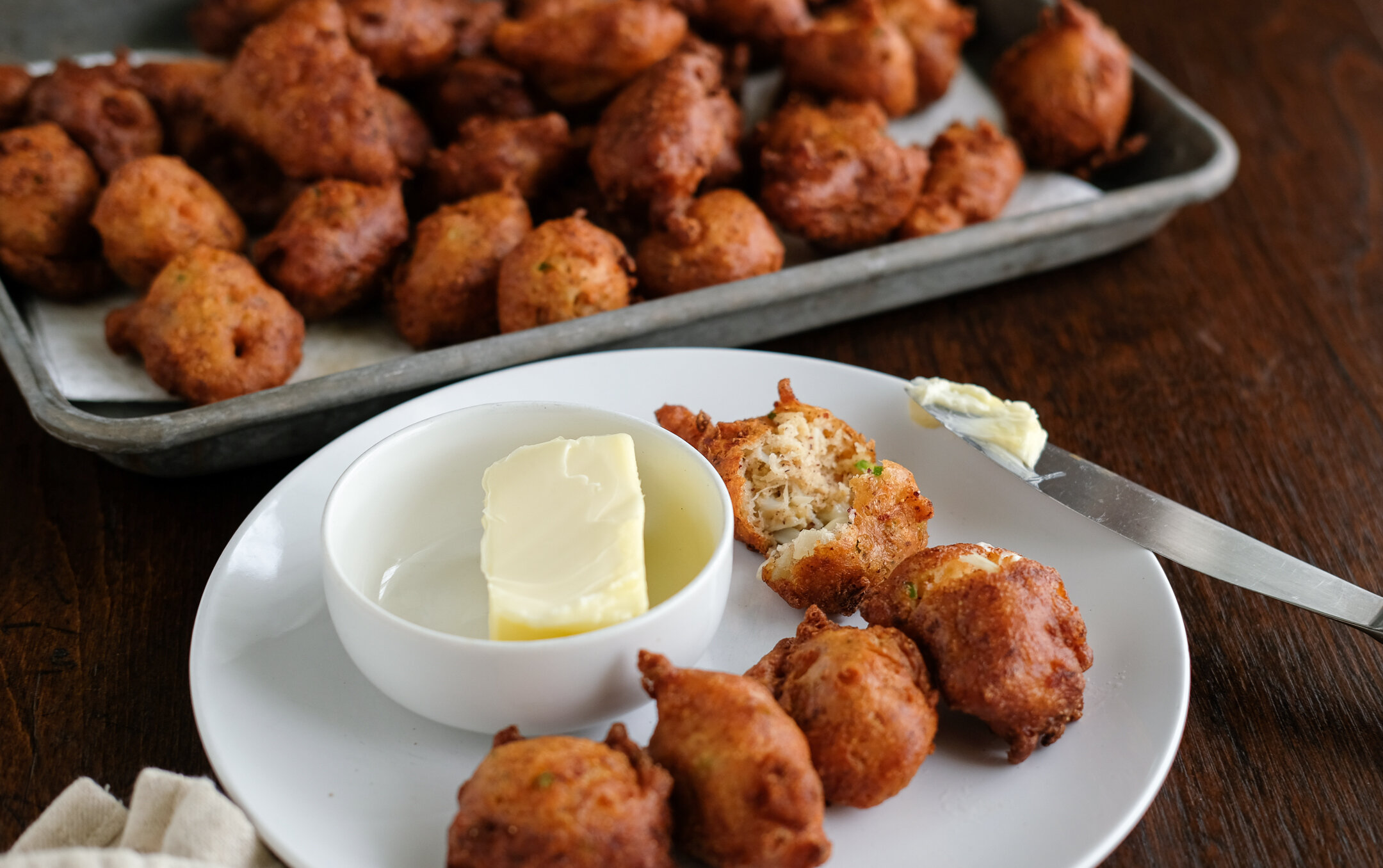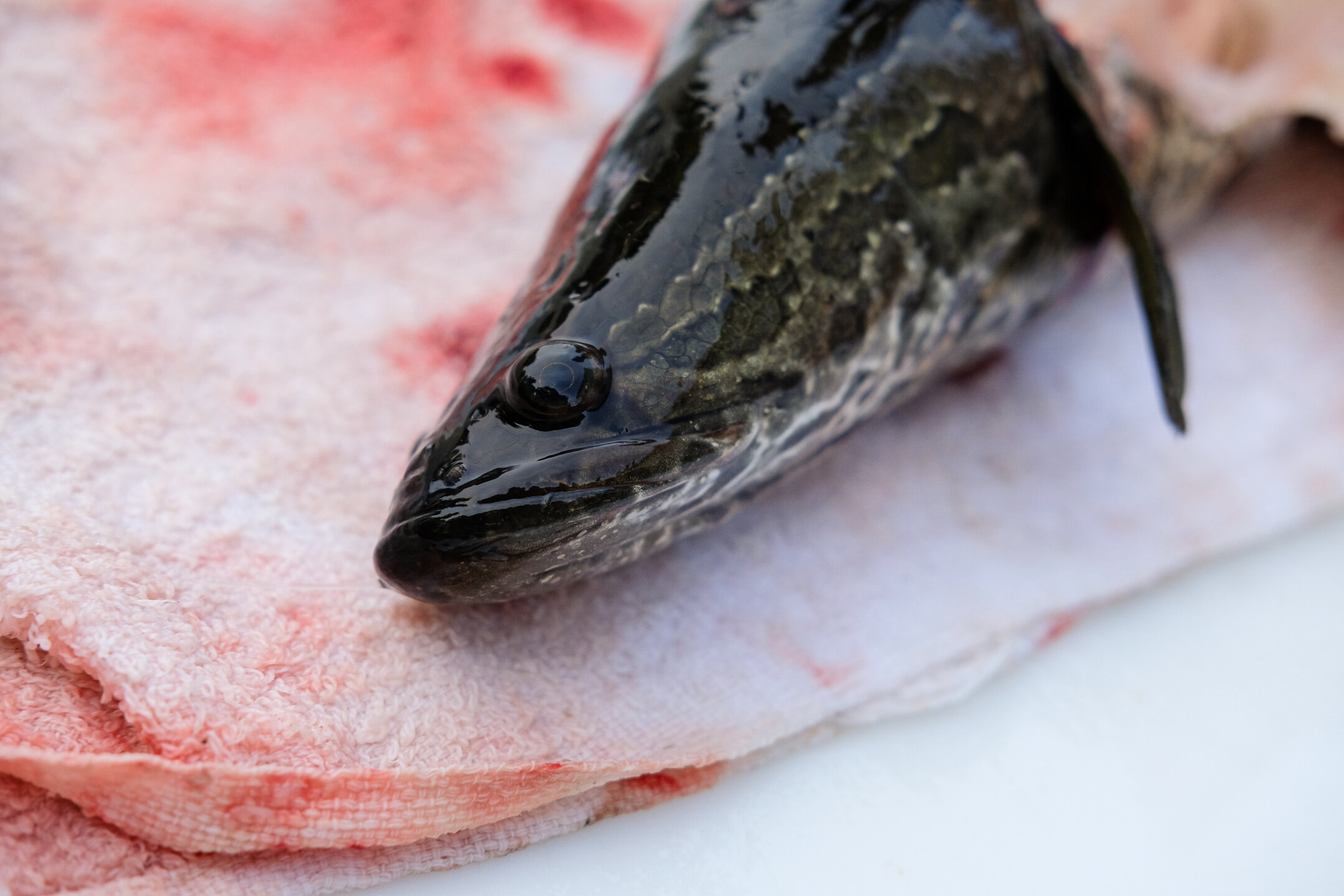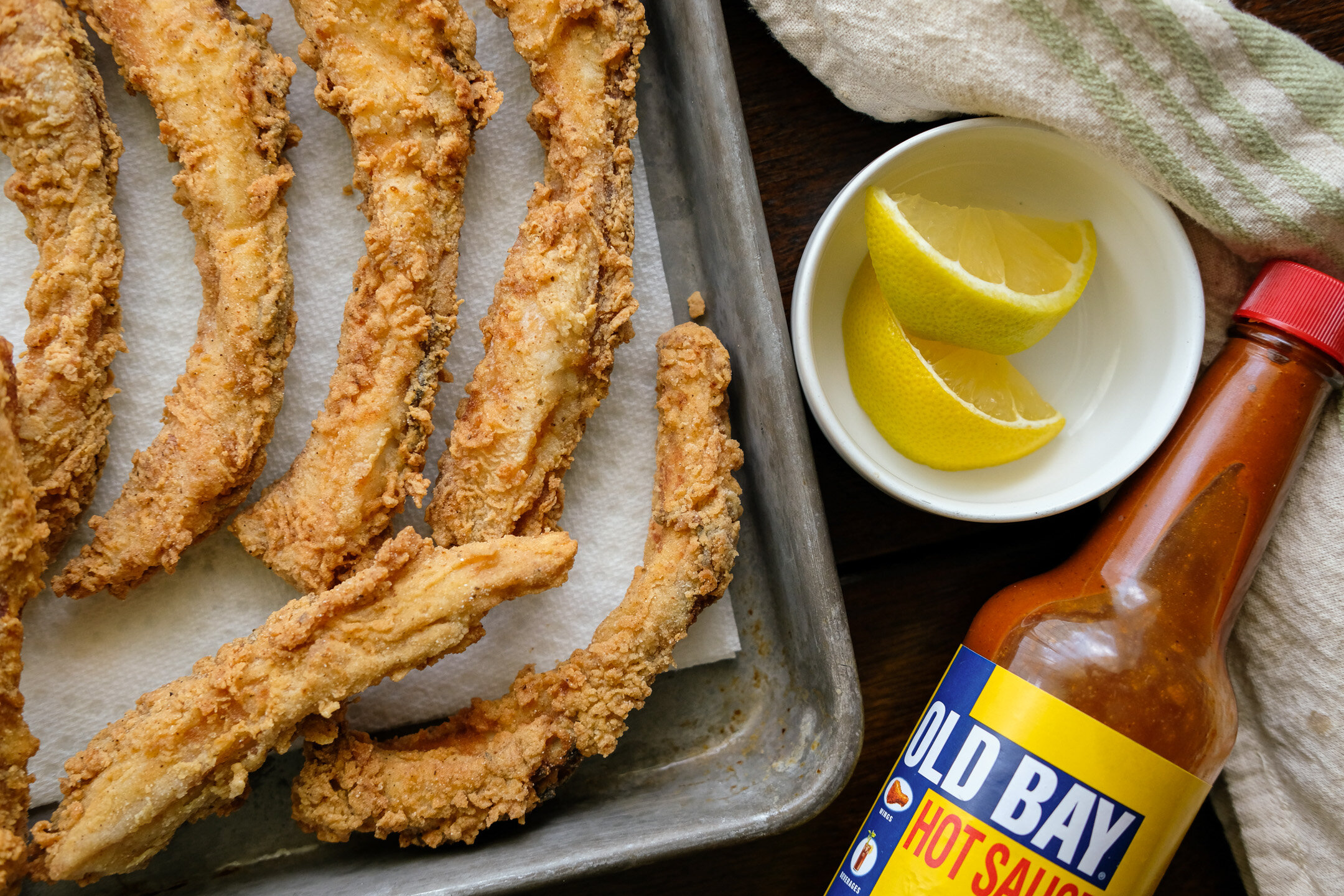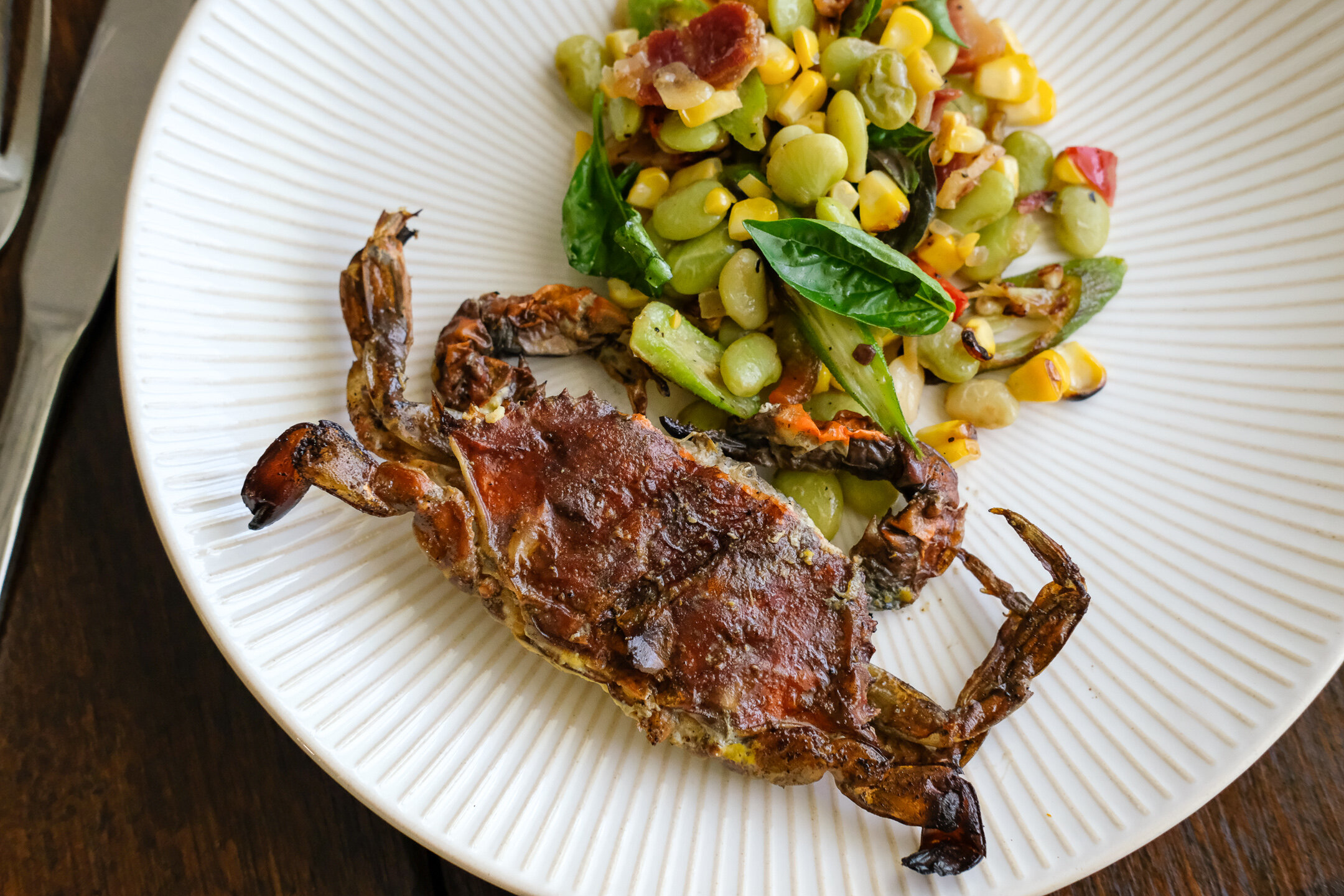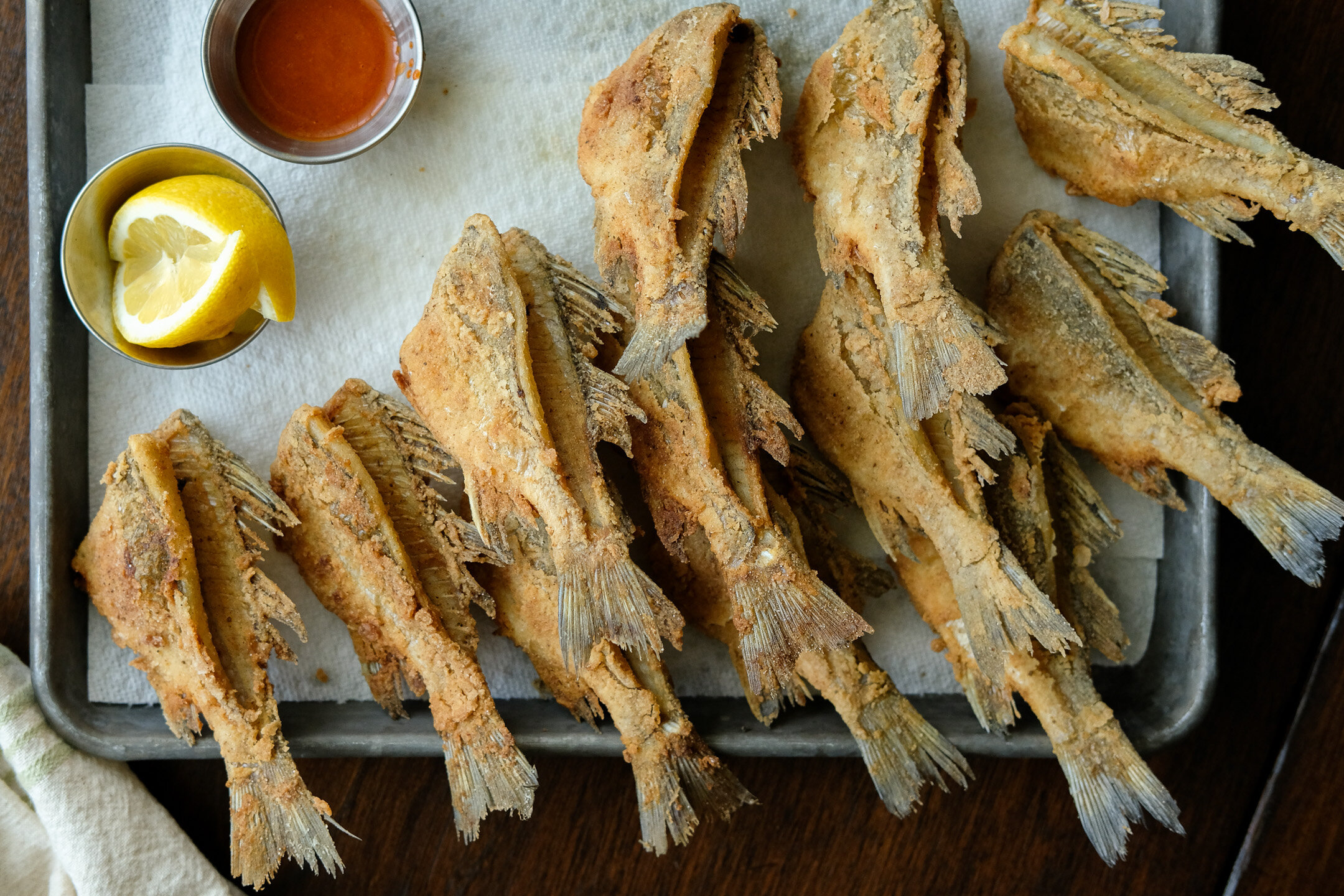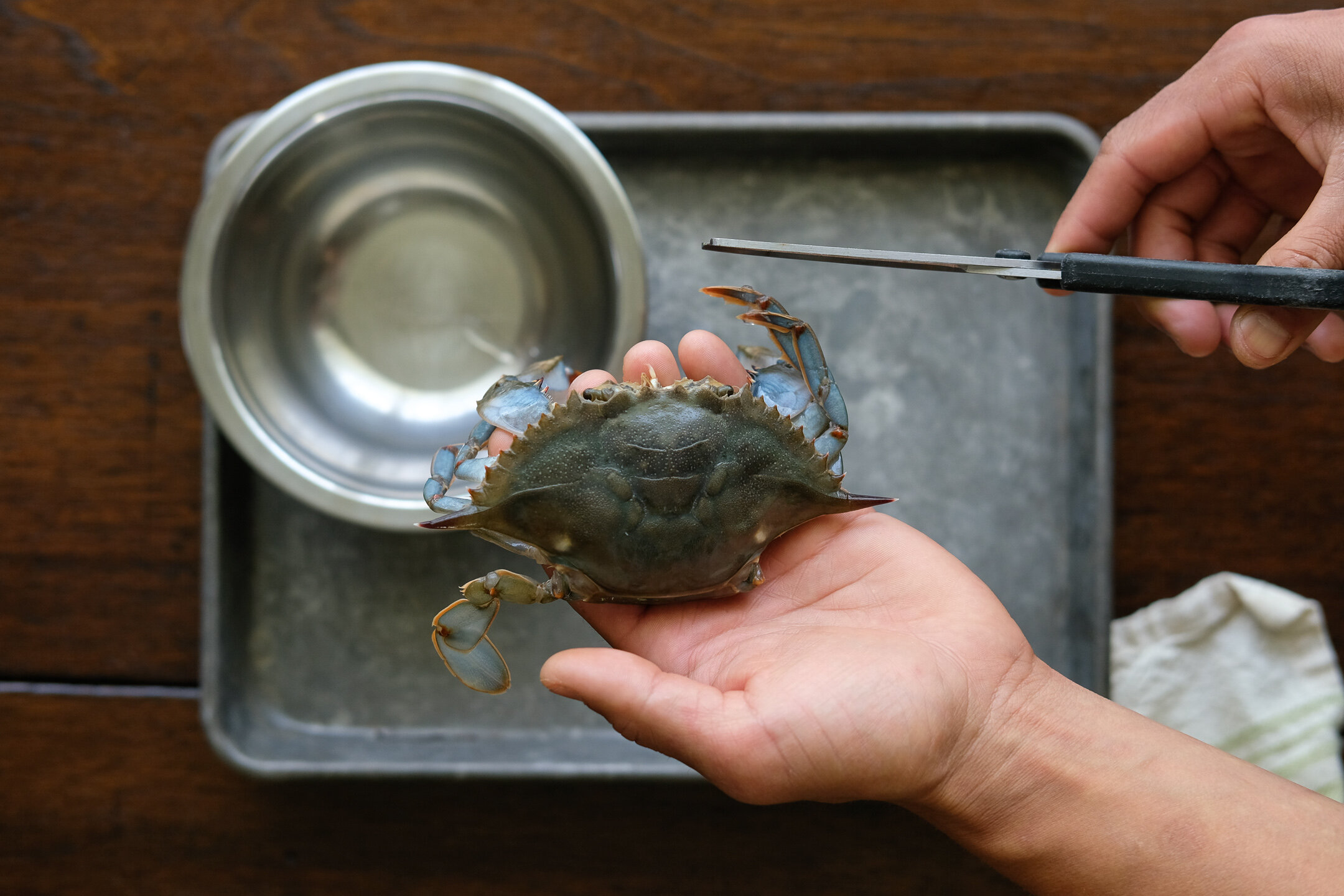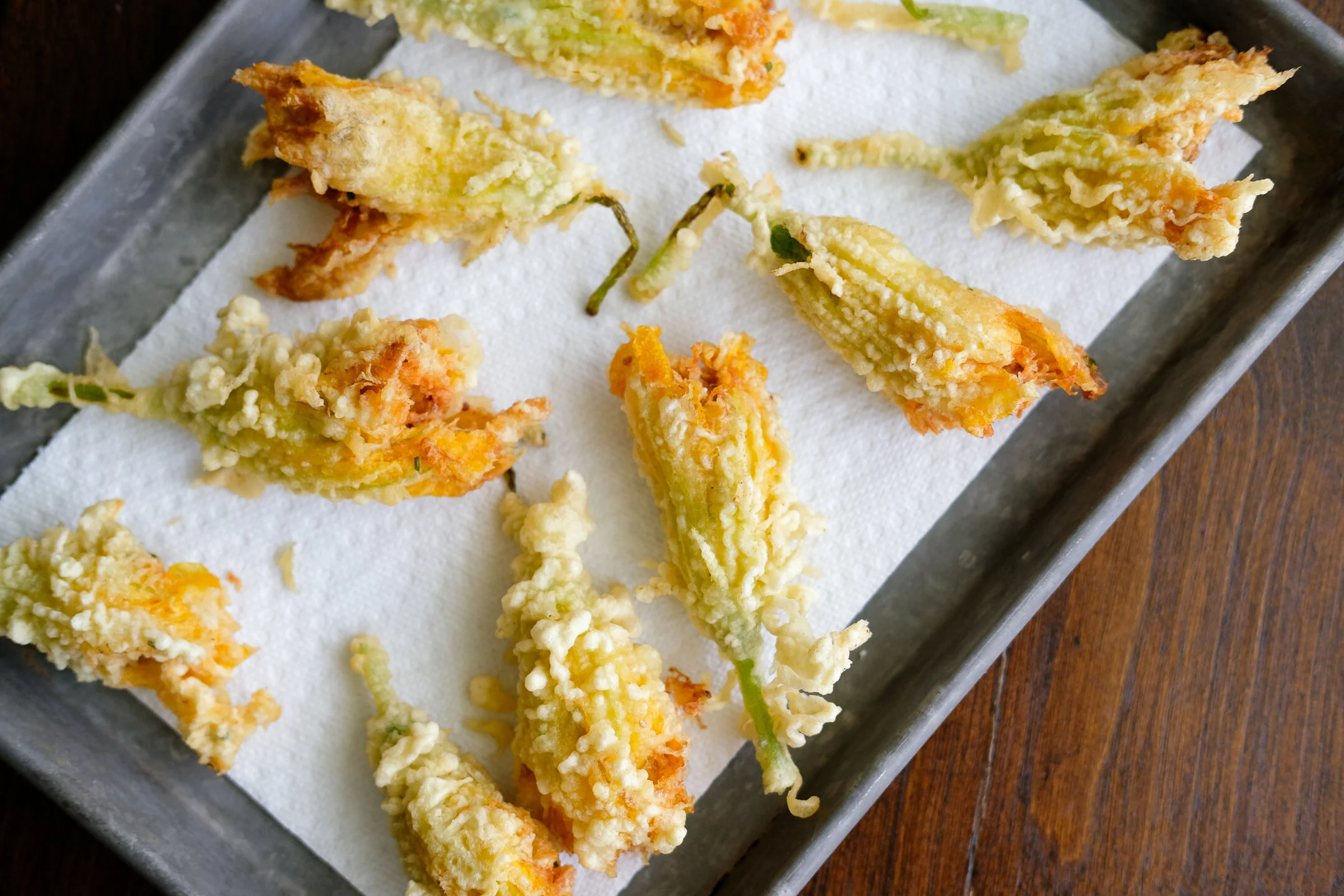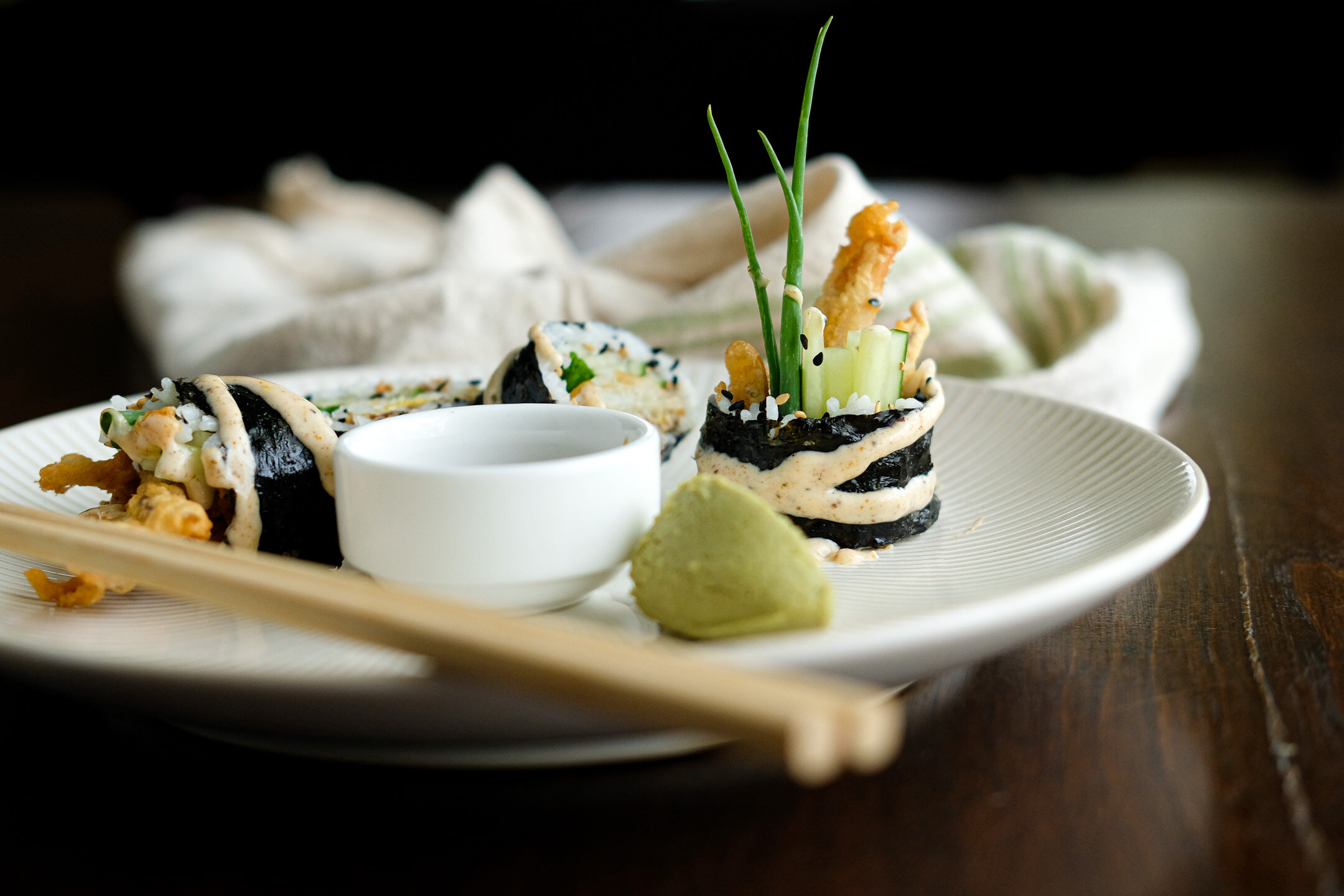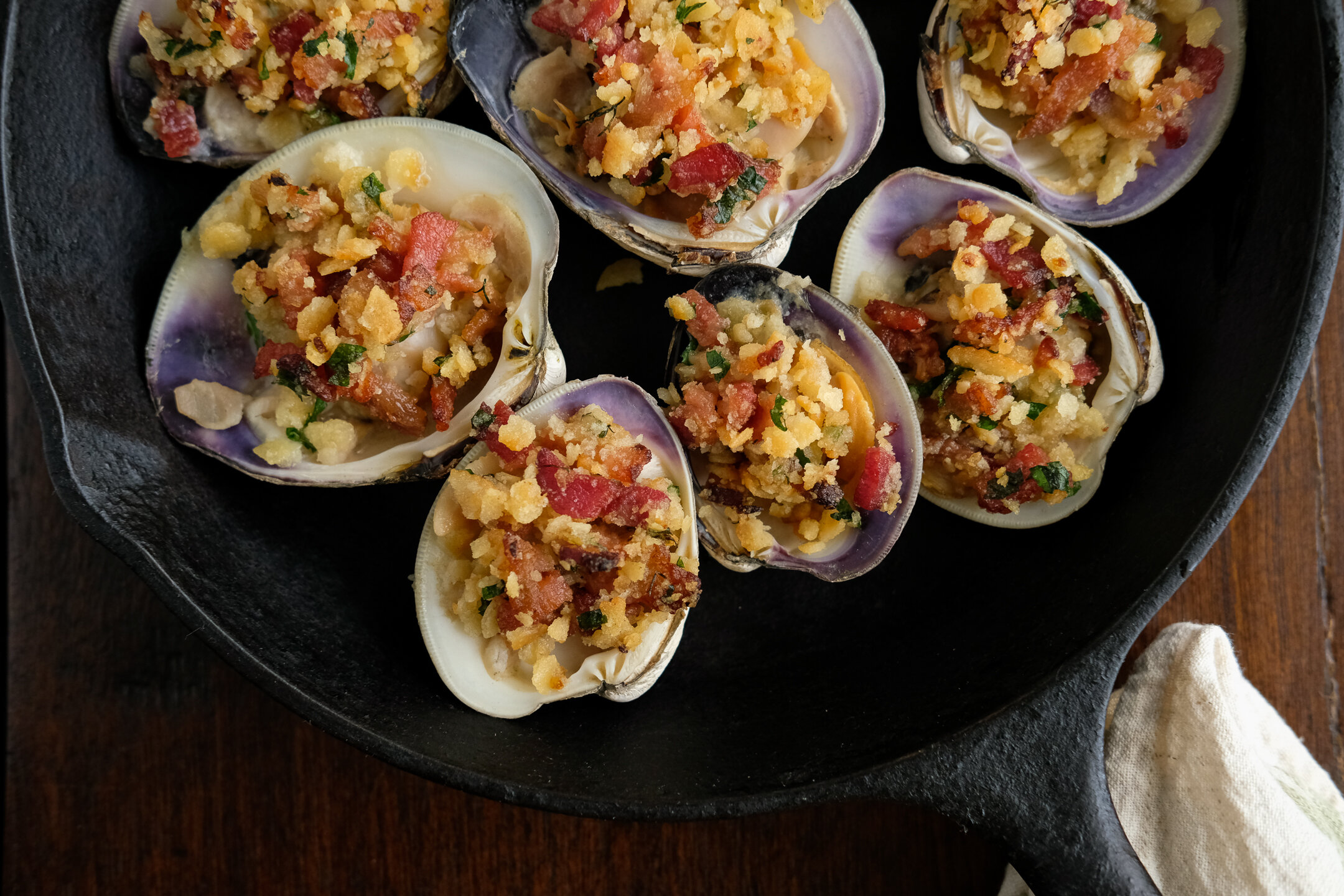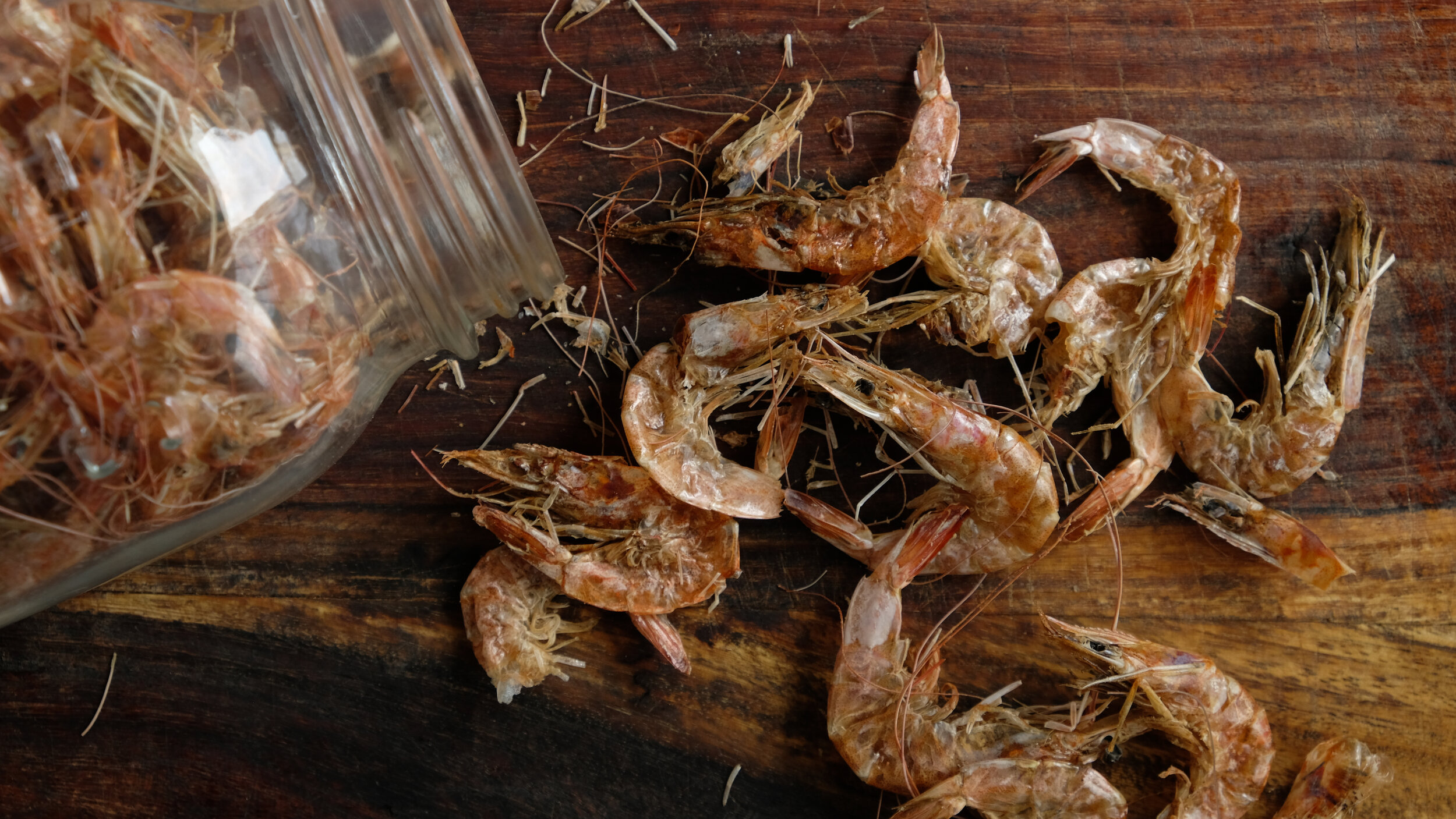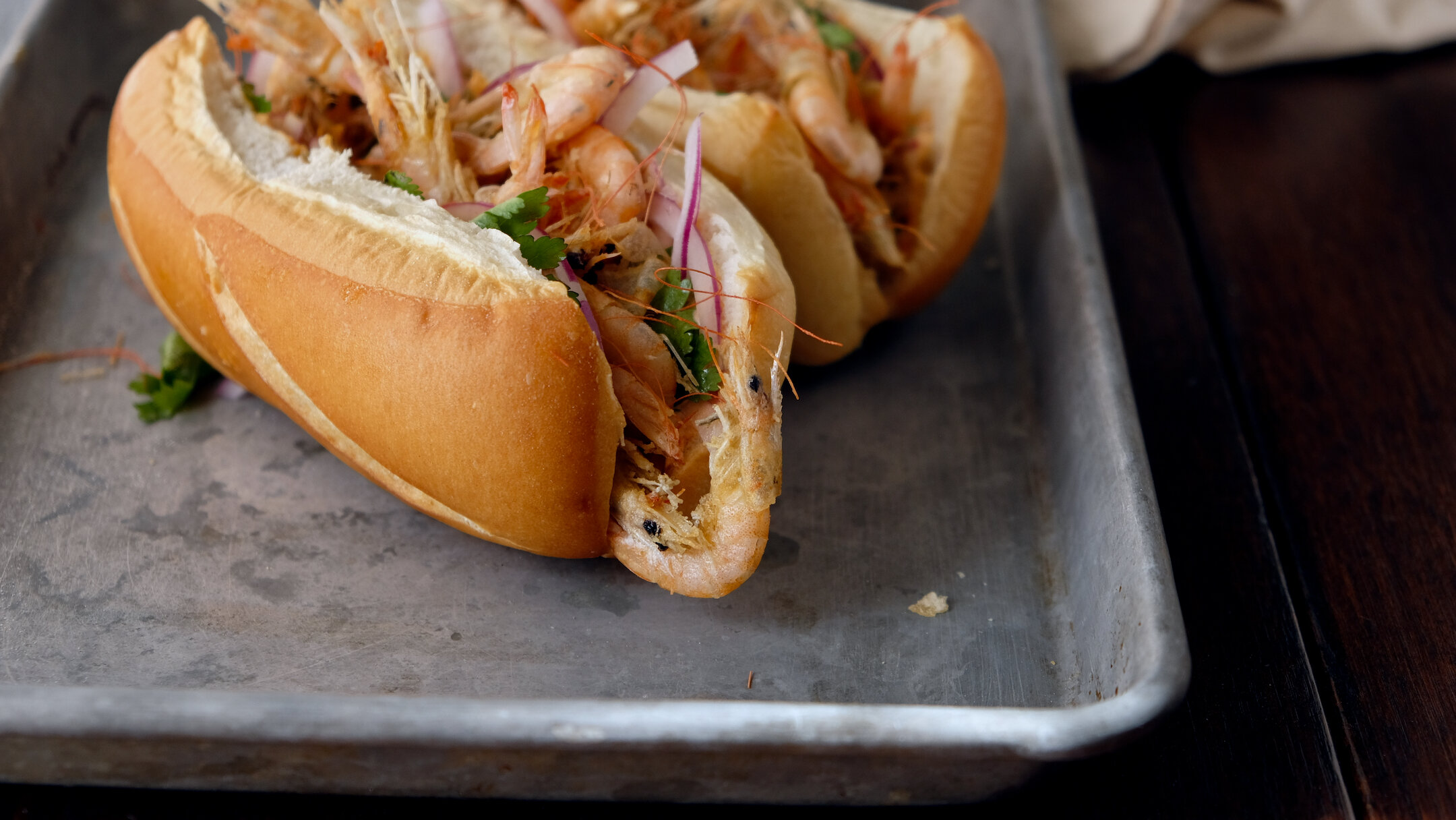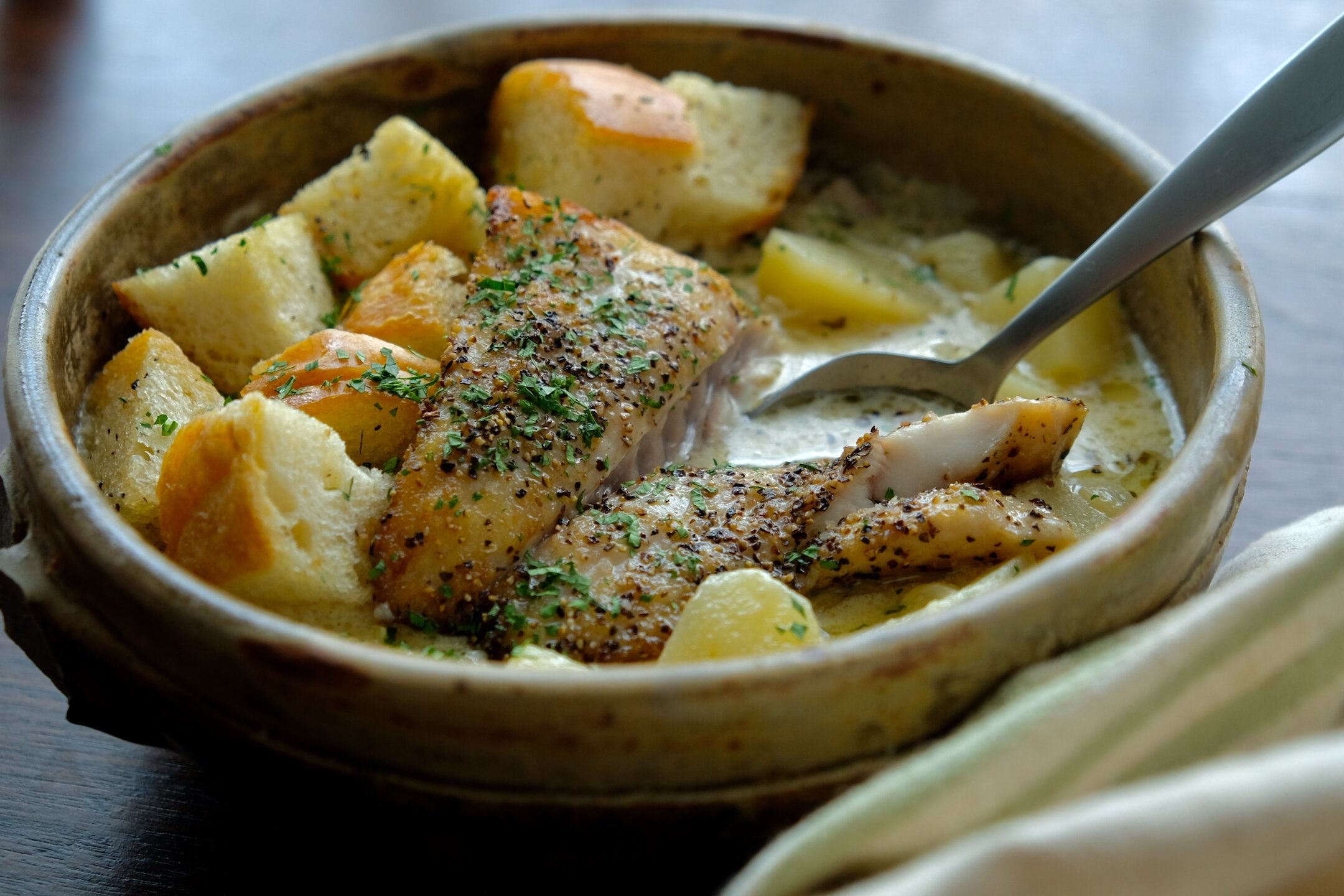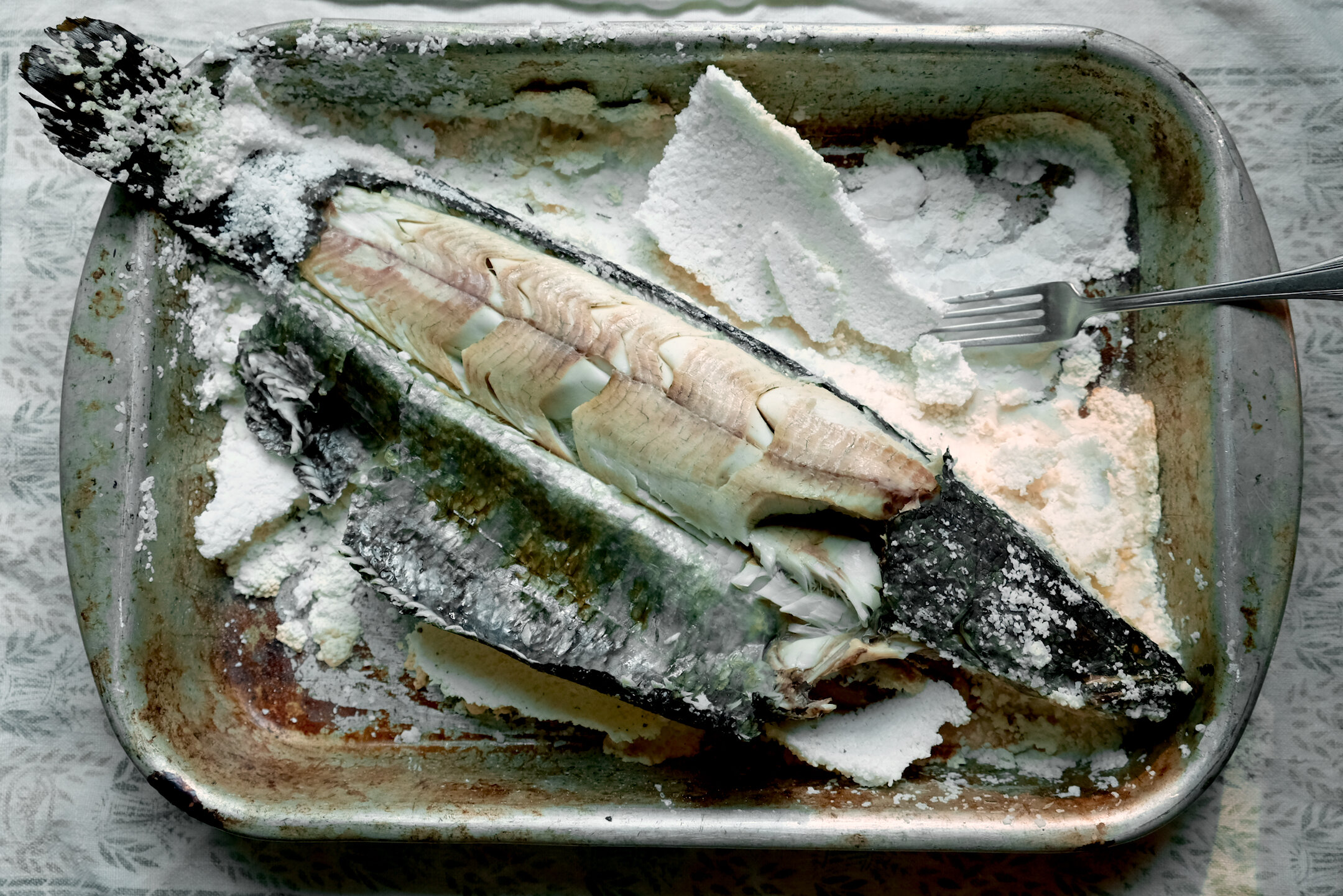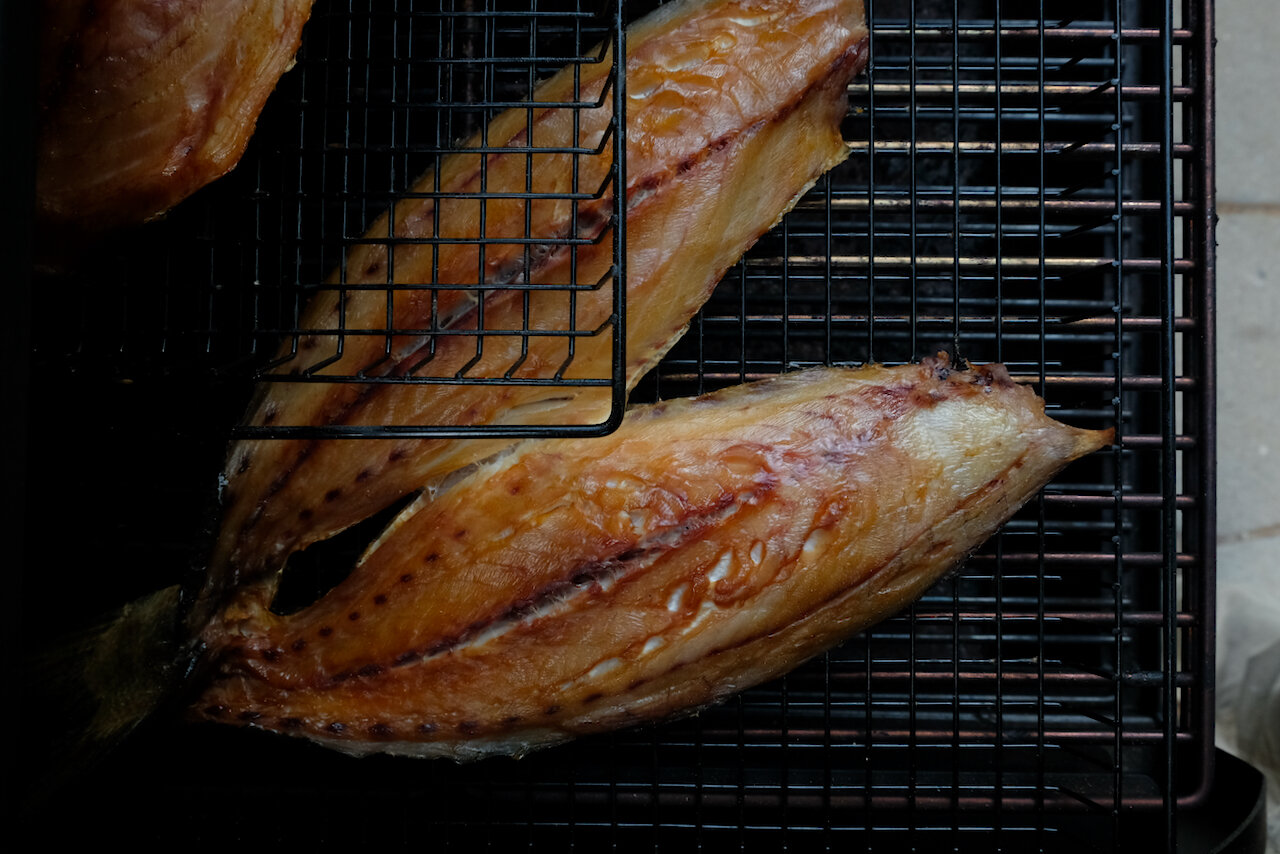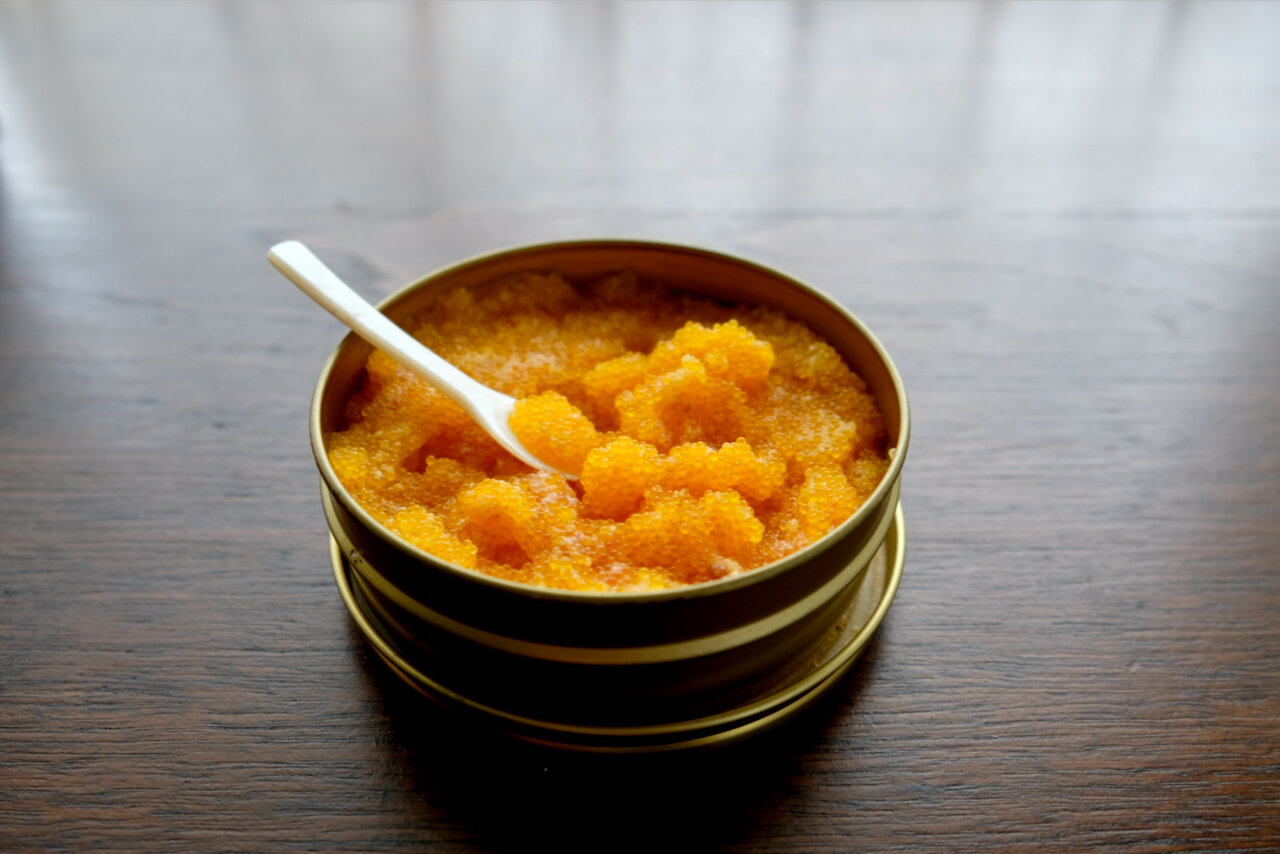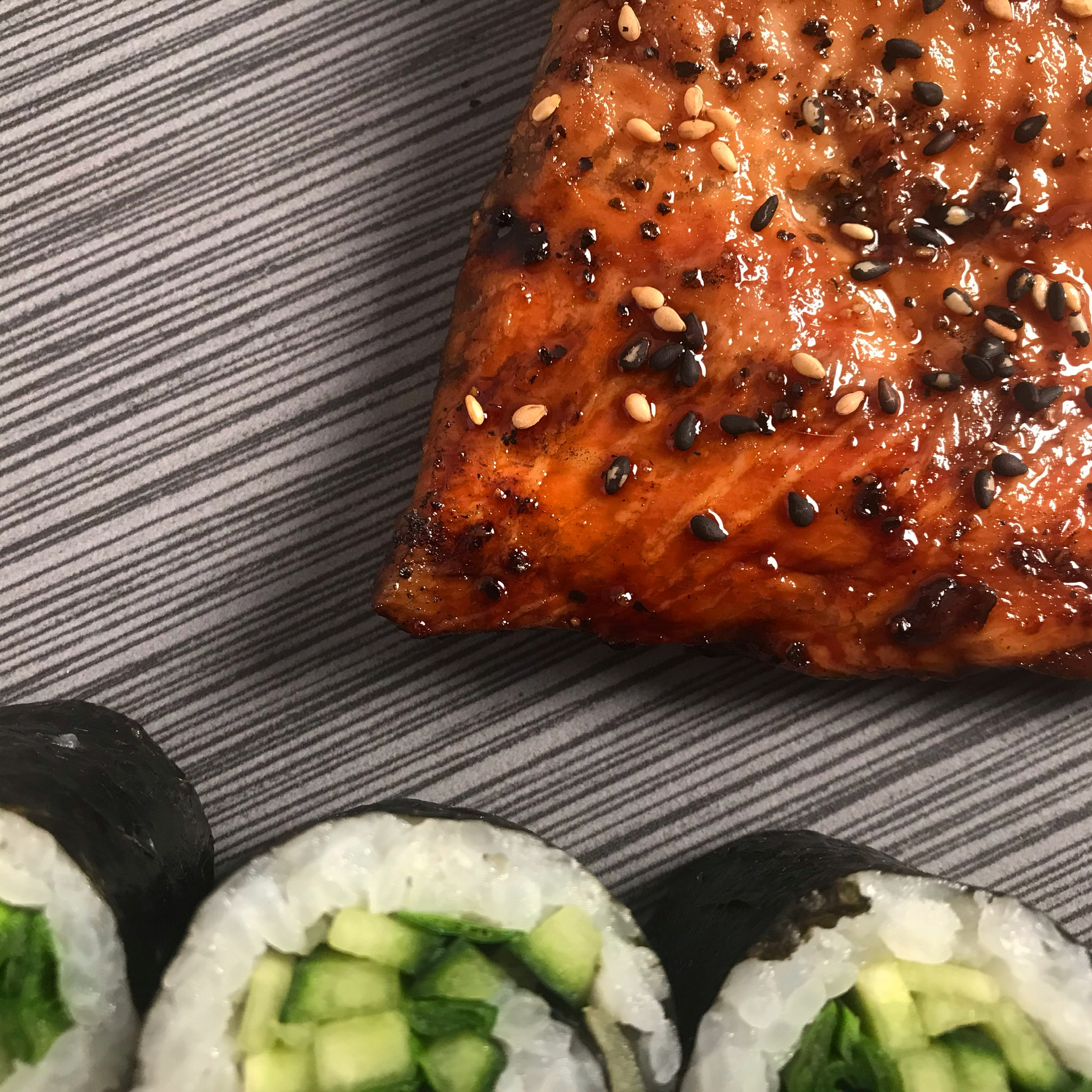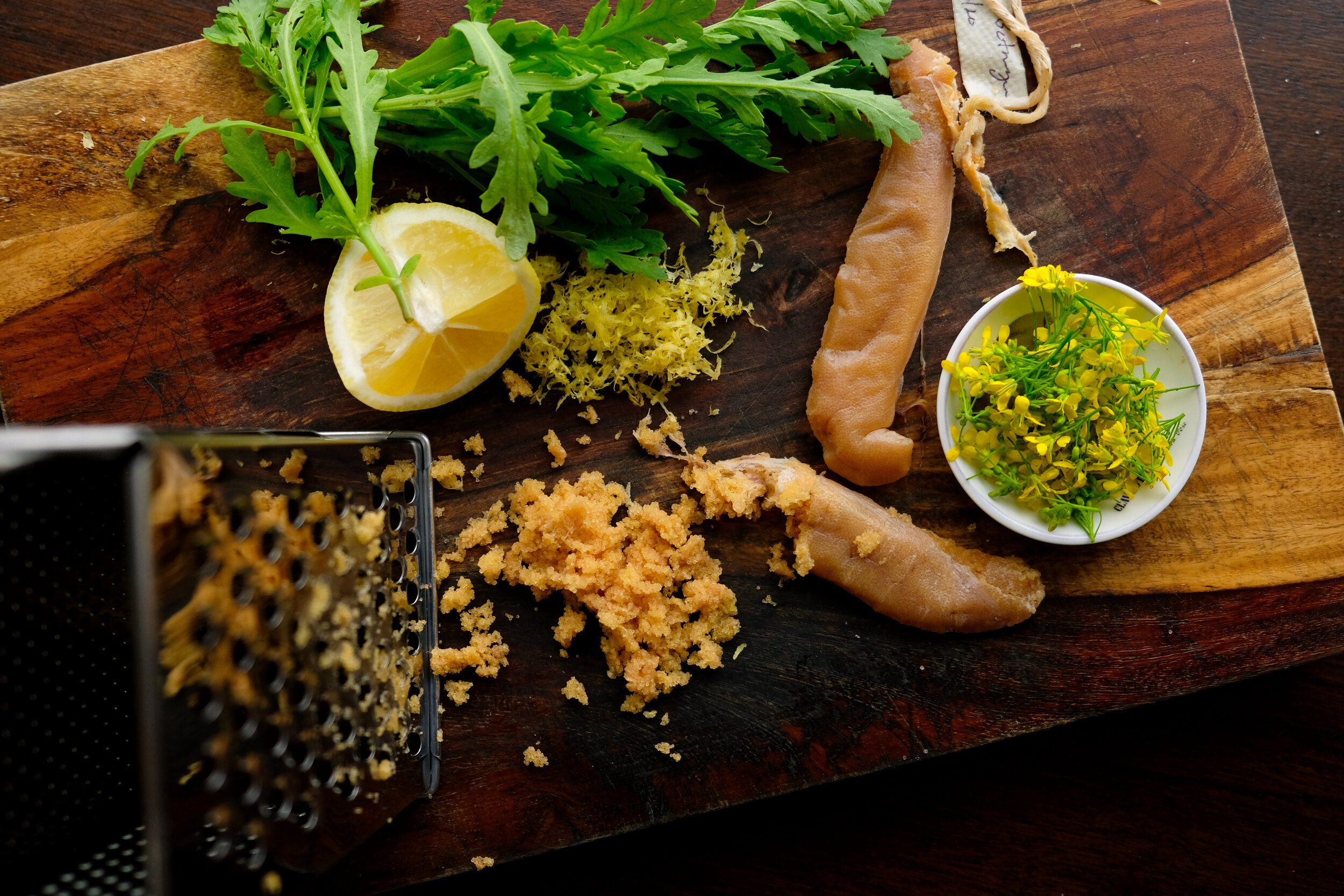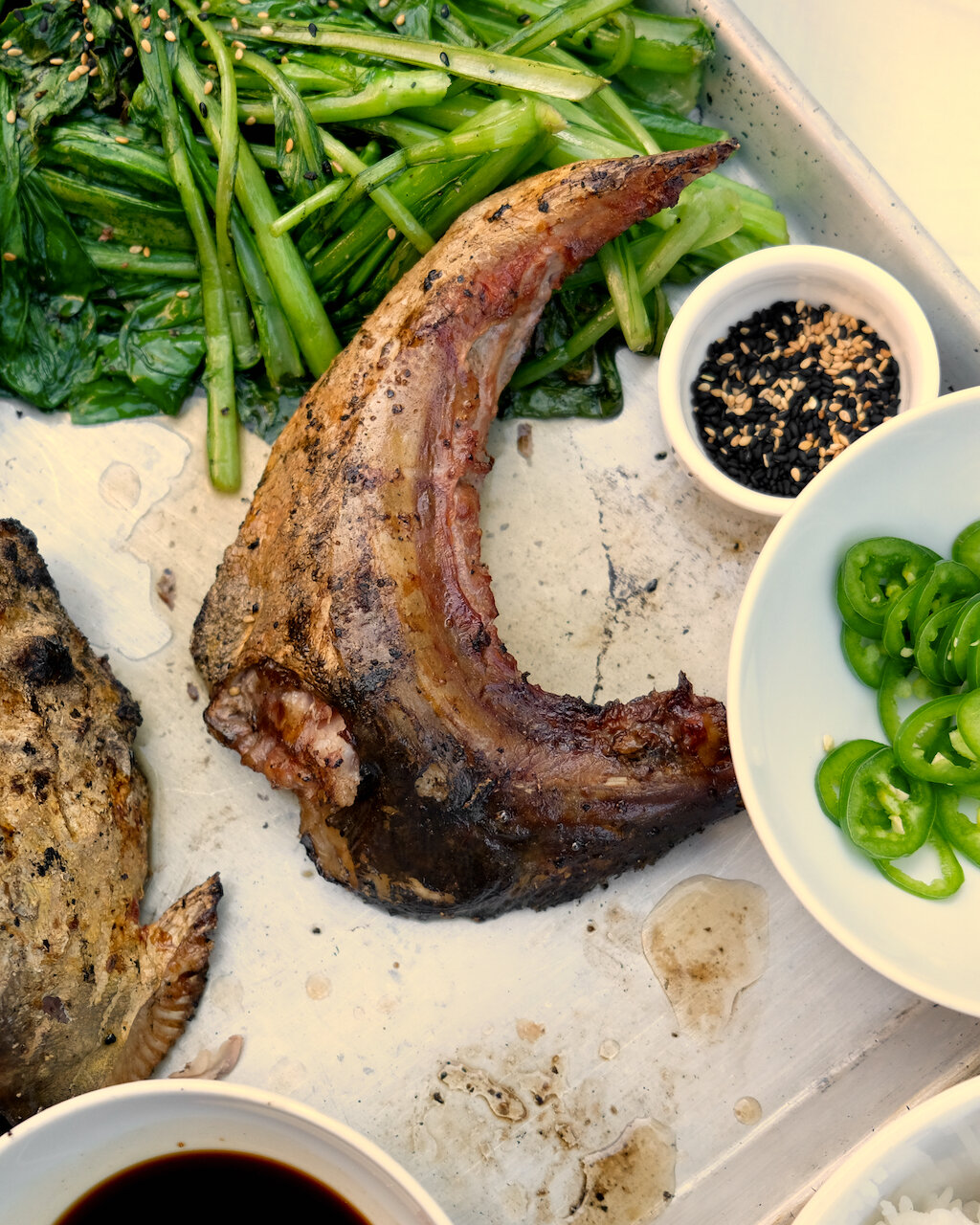Whelk Ceviche

Possibly the most enchanting, and least visited, part of Virginia’s Eastern Shore are the barrier islands. Windswept and wild, they were long ago abandoned by the small communities that inhabited them as one by one, the towns were swallowed by the sea. Today, most of Virginia’s barrier islands are owned by an assortment of government agencies and nonprofits, dedicated forever as untamed land.
There are no roads- the only access is via boat through the seaside marshes. Deep guts wind through hundreds of miles of marsh, forming a web of navigable waterways amidst the shallow muddy bays and thick salt grass. You could disappear here. The marsh is endless and featureless in it’s pristine beauty- there are few landmarks and even fewer people out here. On a low tide, cruising the narrow guts, the only thing visible is the grass, the water, and the birds. It’s as though the entirety of human existence has blinked out in an instant.
Our first time, we stopped on Metompkin Island. We brought our tiny boat all the way out to where the Atlantic lashes the Eastern seaboard and dragged her through the shallow sandbar at the inlet, up onto an isolated beach. From where we stood, we could see violent white breakers washing over old marsh that had once been protected by the back end of the island. These islands are migrating so quickly that the orphaned marsh grasses were still green, in defiance of their near-constant assault by the tides.
Somehow, despite the volatility of the landscape, there is an immense and immeasurable peace on these beaches. This day had a heavy east wind, and the waves frothed and agitated until tumbleweeds of foam drifted across the shell-cobbled beach. The sound of the surf was muted by the constant tinkling of shells being turned over by the sea breaking over the beach. There was not a single human footprint to be found. Nesting skimmers and oystercatchers and terns competed for the privilege of flying strafing runs at us as we walked the tide line, shrieking in their universal tongue.
There was nothing but miles of unspoiled beach in front of us, so we walked. We started collecting shells and beach glass and fossils. Shipwrecks, once common all up and down this part of the shore, are still washing up as bits and pieces of flotsam, and we picked up bottle after bottle labelled “Milk of Magnesia,” all sporting the same batch number stamped into the bottom. Fossils, too- shark’s teeth and dolphin vertebrae and once, memorably, a whole whale rib. But the bulk of what we found was whelk shells. Intact, broken, cleaned & bleached by the sun or barnacle-covered and slimy- the barrier island beaches are covered in them. We gathered the best specimens as we walked, and then came across dozens, piled up in a midden above the high tide line. It was the first evidence of other people we’d seen, and we wondered to ourselves- who would leave all these perfect shells here? We turned and kept walking, collecting as we went, until we couldn’t carry any more, and then we made our own midden. We’d come back for those later, we reasoned. We didn’t.
While we were beachcombing, Wade picked up an unusually heavy whelk shell. Usually, a shell like that is either packed with sand or fossilized, but this one was still alive. Our treasure hunt turned pretty quickly into a dinner mission as we turned our attention from the wrack line to the shallow, calmer waters bordering the inlet, but our luck had ended. The tide began to turn, the whitecaps started racing toward the wide mouth of the channel, and so we pulled anchor and pushed off, back into the marsh.
I don’t remember exactly what we made with that whelk, but since then, we’ve made it a point to collect as many as we can. In the spring, when the water is warming up but is still cool, you can find them cruising in the shallows. As the summer progresses and the water temperatures increase, they go further down, and we catch them in our crab pots set in deeper water. Finding them isn’t the hard part- getting them out of their shell is.
I’ve seen countless guides online about how to remove a conch or whelk from its shell by boring a small hole near the top. This, supposedly, breaks the vacuum holding the critter in the shell and lets you remove it whole, without damaging the shell. I’m here to tell you that is bullshit. Maybe, with practice, some people do it! That’s all fine and well, but I’m going to share with you the quickest and easiest method for getting a conch or whelk out of the shell. You just gotta smash the crap out of it. Rock, hammer, another whelk- it doesn’t matter so much. And remember, when you’re out here, if you want a pretty shell for a souvenir, there are plenty of them piled up on the island.
When you’ve broken the whelk from its shell, use a knife to cut off the tough foot and the gonads at the top of the spiral. Then, slice into rounds and tenderize with a mallet or the aforementioned rock. From there, the world’s your oyster (whelk?)
This recipe is more of a guideline that changes depending on what we have on hand. Usually when we’re in whelk country, we’re on vacation, and when we’re on vacation, we practice a strict taco-only diet. Thus, pico de gallo fixins and some citrus are the base of this ceviche. Feel free to mix it up- the short ingredient list and ease of preparation make for a wonderful canvas for experimentation. This technique works just as well for fresh conch.
A note on regulations- because whelks aren’t all that commonly harvested for recreational use, I asked the Virginia Marine Resources Commission to clarify their regulations, and this is what I received:
Channeled whelks must be greater than 5 ½ inches and “It shall be unlawful for any person to possess channeled whelk harvested from Virginia waters by any means other than by hand, licensed conch dredge, licensed crab dredge, or licensed channeled whelk pot, except as described in 4VAC20-890-50. (20-890-40)” so by hand would be the recreational method. Those are both “possession” rules, so apply to both commercial and recreational harvesting. For knobbed whelk, we have no regulations.
Differentiating between knobbed and channeled whelk is easy. The knobbed whelk has, well, knobs circling the spiral at the top of the shell, and the channeled whelk has a groove that follows the spiral instead.
If you’re a little further south, you’ll find all kinds of species of whelks, conchs, and other gastropods, but in the Chesapeake Bay area, these are the two species you’re most likely to run into. Depending on where you’re foraging, you may be subject to different species and size restrictions, and if you’re unsure of the law, don’t hesitate to contact your friendly regulatory agency for clarification.
Whelk Ceviche
Prep time: 30 minutes
Serves: 2
Ingredients
Whelks or conchs (removed from shell as intact as possible, hard “foot” and gonads trimmed)
Juice of two limes
Finely minced red onion, jalapeno, cilantro
Capers
Salt
Method
Slice whelk meat crosswise into ¼” to ⅛” slices and give it a few whacks with a mallet to tenderize. Lightly season the sliced whelk meat with salt, then stir in lime juice, onion, peppers, capers and cilantro. Refrigerate for 30 minutes to allow flavors to meld and serve cold with tortilla chips and beer.













